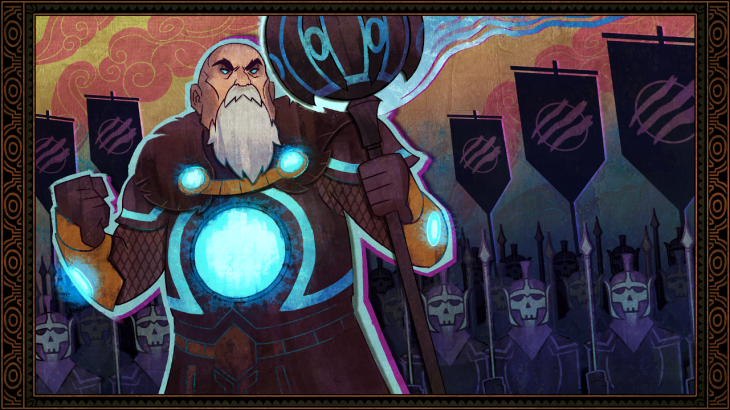
Yet biblical law did not forbid nature art altogether. The New Oxford Annotated Bible remarks that “image-less worship of the Lord made Israel’s faith unique in the ancient world where natural powers were personified and statues of them (animal or human) were worshipped.” Archaeology shows that idolatry and nature-worship were commonplace in neighboring Canaan and Egypt, and biblical history records that this perennial temptation didn’t disappear till the 6th Century Exile in Babylon. Jews understood the commandment to forbid (1) worship of false gods without images, (2) worship of false gods through images, (3) worship of the images in and of themselves, and (3) worship of the one true God through images. Jewish scholars say the ban applies to art only in worship contexts due to the “bow down” and “serve” phrasing along with the immediately preceding statement that “you shall have no other gods before me.” As Nahum Sarna wrote, it is inevitable that “an image becomes identified with what it represents” and is itself the object of worship. “Graven image” means a stature or carving, while “any likeness” covers any and all visual representations. The discussion begins with this from the Bible’s venerable Ten Commandments: “You shall not make for yourself a graven image, or any likeness of anything that is in heaven above, or that is in the earth beneath, or that is in the water under the earth you shall not bow down to them or serve them” (Exodus 20:4-5, repeated in Deuteronomy 5:8 and summarized elsewhere, e.g. Further, some forbid flags in church to prevent idolatry toward the nation.

Some may depict Jesus Christ or saints, typically in stained glass, rarely in statues, and never as the objects of veneration. Others allow abstractions and symbols but not human or animal forms. Some Protestants prohibit all art in sanctuaries. Protestants’ policies vary (as on most things!) but they broadly unite with Judaism in limiting visual images in worship settings to avoid any association with idolatry.

That is, Catholic and Eastern Orthodox churches encourage religious art in church, seen as aids to devotion. Why don’t Catholics have a problem with the graven images that surround them in church?īrad is obviously Protestant in his cultural outlook.


 0 kommentar(er)
0 kommentar(er)
